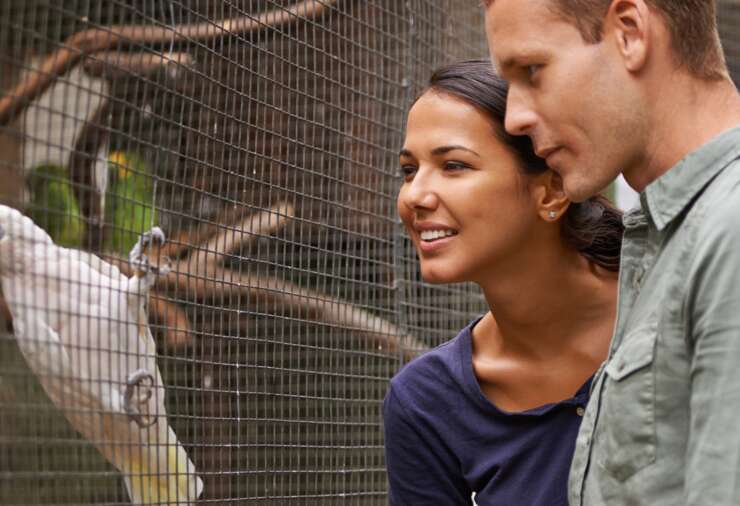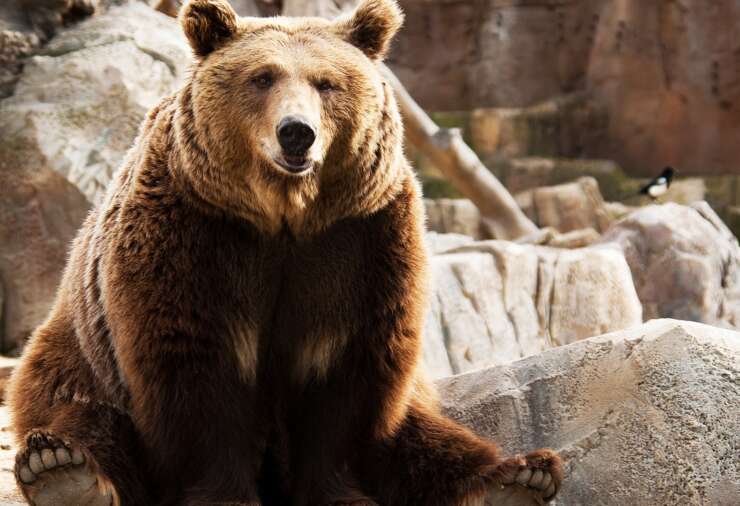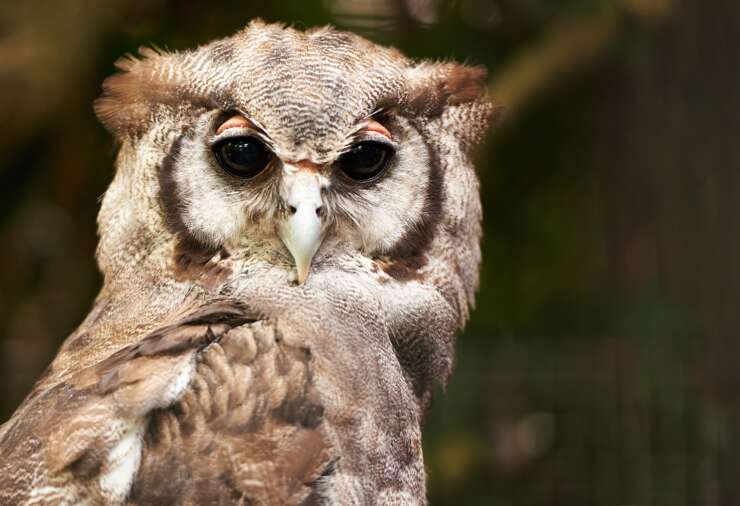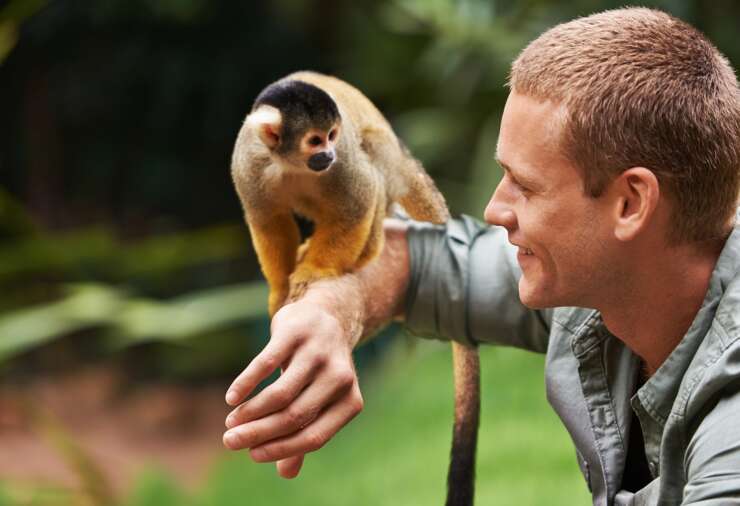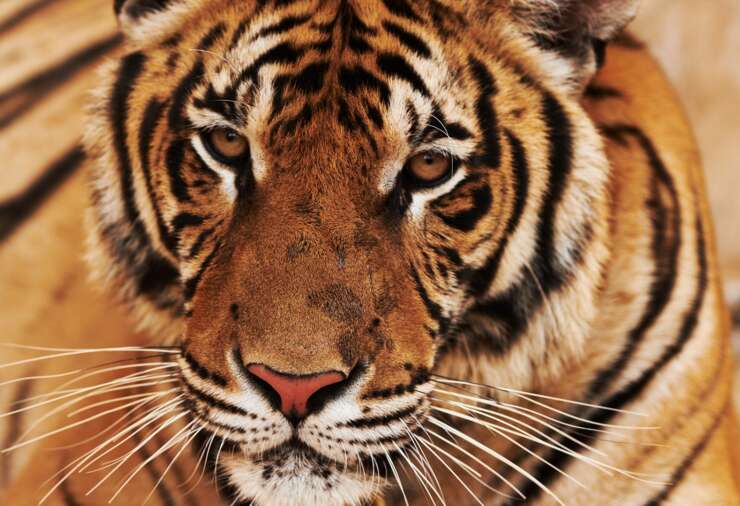Our Exhibits
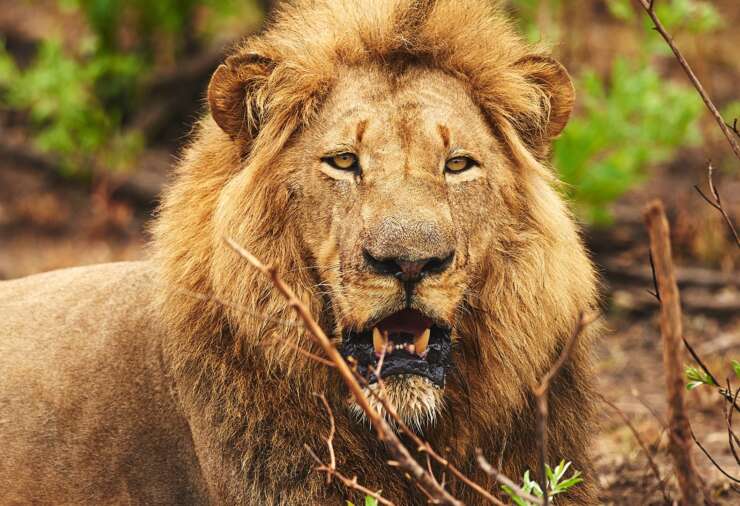
Diversity of Zoo Animals
Zoos house animals from all corners of the globe. Here, you can encounter species from a variety of ecosystems, ranging from scorching deserts to humid tropical forests. This diversity helps visitors appreciate the vast range of wildlife that exists on Earth.
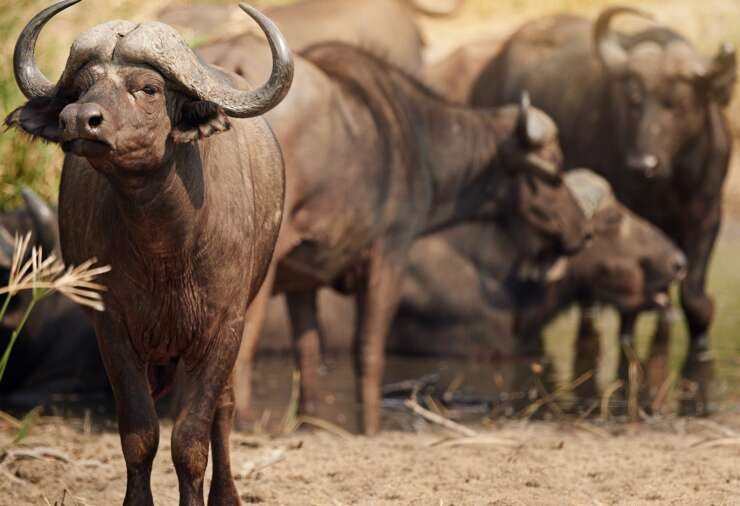
Adaptation to Different Climates
Animals in zoos come from diverse climates, requiring specific environments to thrive. Zoos often replicate natural habitats, from creating cold enclosures for polar animals to warm, humid spaces for tropical species, ensuring their well-being.
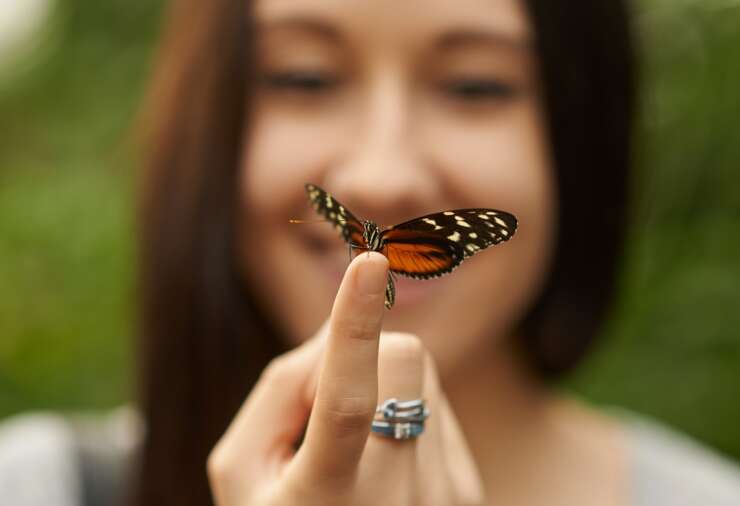
Herbivores and Their Diets
Herbivorous animals, from giraffes to zebras, have specialized diets consisting of plants, leaves, and grass. In zoos, their feeding habits are carefully monitored to ensure they receive the proper nutrition similar to their wild diet.
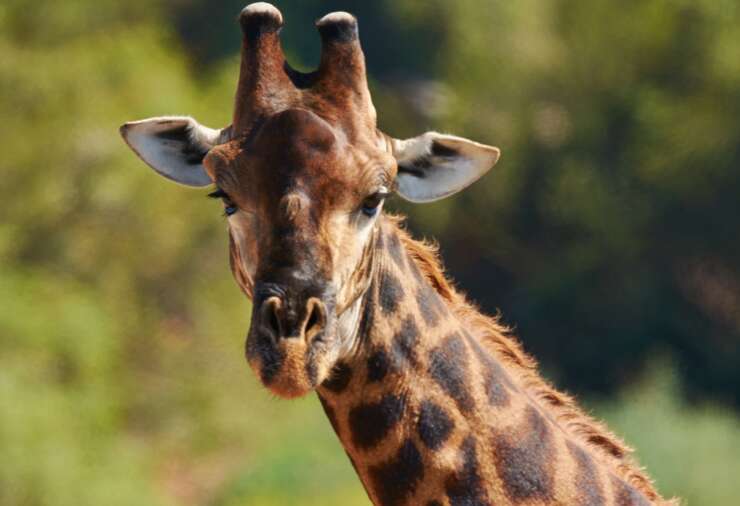
Conservation Efforts for Endangered Species
Zoos play a vital role in the conservation of endangered species. By maintaining breeding programs and providing a safe environment, zoos help prevent species from going extinct, reintroducing some animals into the wild when possible.

Aquatic Animals in Zoos
Aquatic animals, including sea lions, penguins, and various fish species, are a fascinating part of many zoos. These animals often reside in carefully constructed water habitats, designed to mimic the ocean, rivers, or lakes where they are typically found.
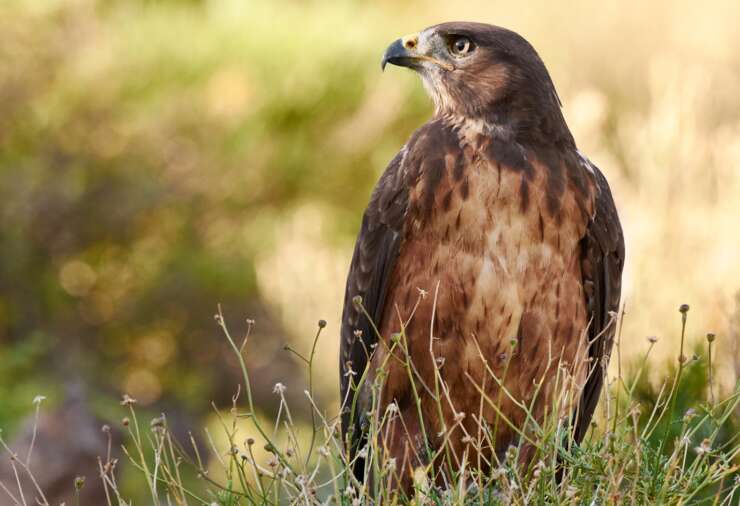
Primates: Our Closest Relatives
Primates, including monkeys, apes, and lemurs, are among the most popular zoo animals. Their intelligence, tool use, and social interactions provide a unique opportunity to learn about animal behavior that closely mirrors human actions.
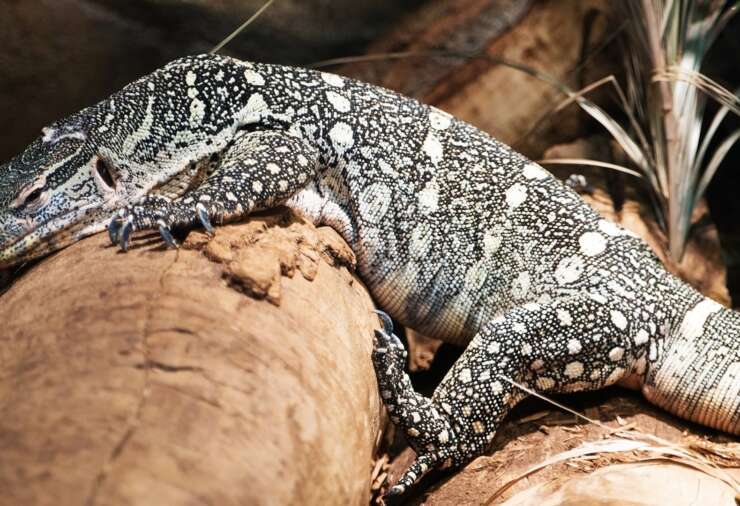
Large Mammals: Giants of the Animal Kingdom
Elephants, rhinos, and hippos are among the largest animals housed in zoos. These gentle giants captivate audiences with their sheer size and strength, while zoos work to educate the public about the threats they face in the wild, such as poaching and habitat loss.


